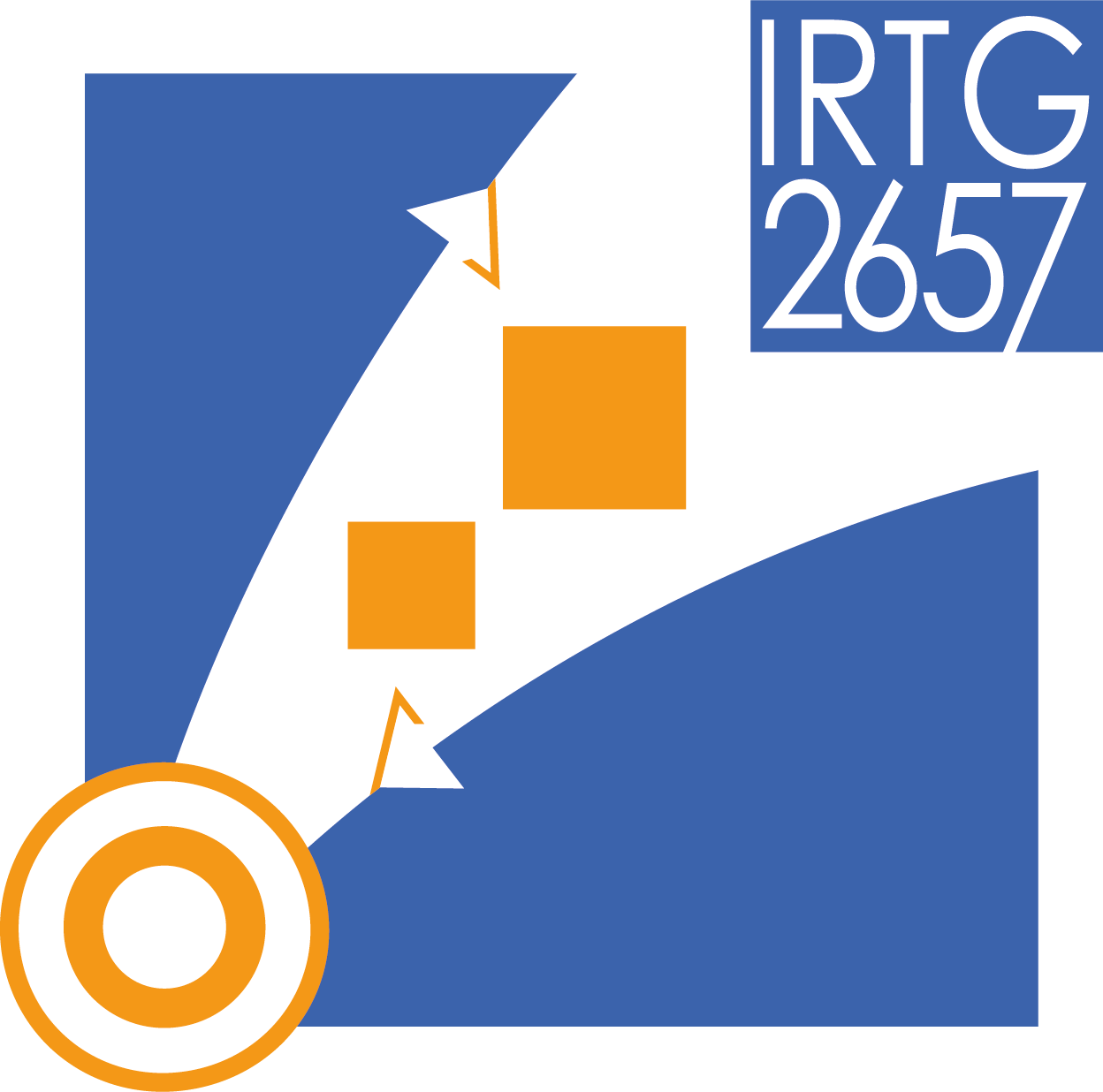C2.: Efficient Computational Analysis of Composite Joints through Machine Learning Assisted Abstract Modelling Techniques
| Team: | Raimund Rolfes, N.N. |
| Year: | 2024 |
| Duration: | 01.09.2024-30.08.2027 |
The design of joints holds paramount importance in various engineering applications, serving as a critical factor for both safety and structural integrity in projects, attracting significant attention from researchers [1]. Consequently, the accurate simulation of these connections using numerical methods, such as finite element (FE) simulations, is highly significant in the present scenario. However, the high computational expenses associated with such complex FE simulations can be cumbersome. As a solution, the adoption of efficient and computationally inexpensive predictive tools, such as abstract modeling or reduced-order modeling, becomes an attractive option [2]. These tools aim to streamline and optimize the simulation process, reducing computational efforts while maintaining accuracy.
The integration of efficient abstract models for a comprehensive analysis of composite joints represents a fascinating and innovative avenue of research. By enhancing predictive capabilities related to the mechanical properties and failure modes of bolted and welded joints, researchers and engineers can make well-informed decisions regarding the design, optimization, and maintenance of structures using composite materials. This, in turn, holds the potential to foster the development of more robust and durable joint designs, significantly contributing to improved performance and safety across a variety of applications. Furthermore, in this project, we plan to incorporate machine learning (ML)-assisted techniques, aiming to integrate physics-informed neural networks (PINNs) [3] to further enhance the predictive capabilities of our developed abstract modelling technique.
Literature
[1] Gerendt, C., Hematipour, M., Englisch, N., Scheffler, S. and Rolfes, R., 2023. A finite element-based continuum damage model for mechanical joints in fiber metal laminates under static and fatigue loading. Composite Structures, 312, 116797.
[2] Ramalho, L.D., Sanchez-Arce, I.J., Campilho, R.D. and Belinha, J., 2021. Strength prediction of composite single lap joints using the radial point interpolation method. Composite Structures, 259, 113228.
[3] Bahtiri, B., Arash, B., Scheffler, S., Jux, M. and Rolfes, R., 2023. A machine learning-based viscoelastic-viscoplastic model for epoxy nanocomposites with moisture content. Computer Methods in Applied Mechanics and Engineering, 415, 116293.
Team
Supervision: Prof. Dr.-Ing. habil. Raimund Rolfes (LUH), NN (ENS)






